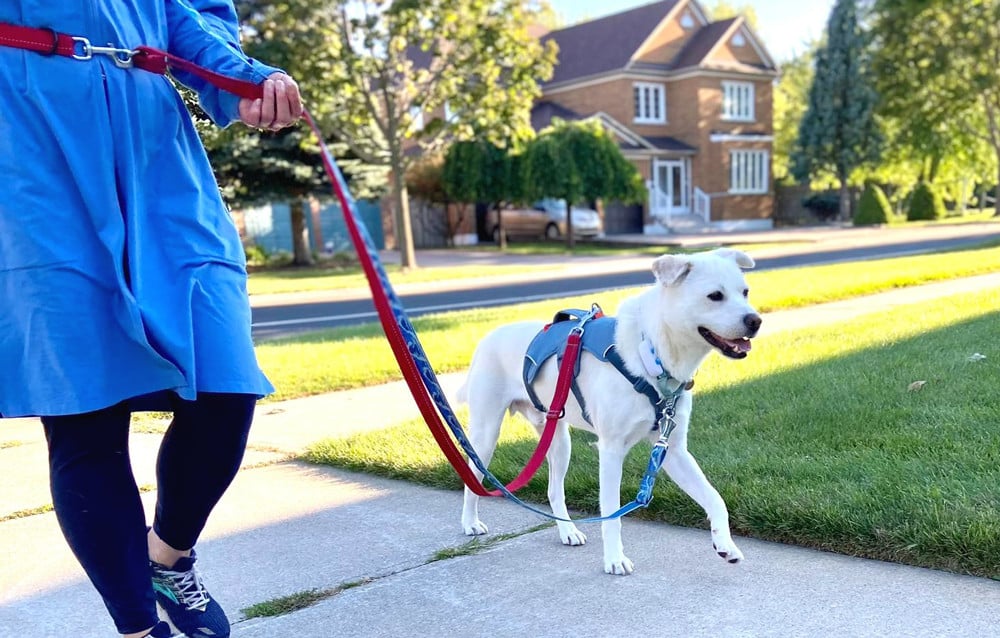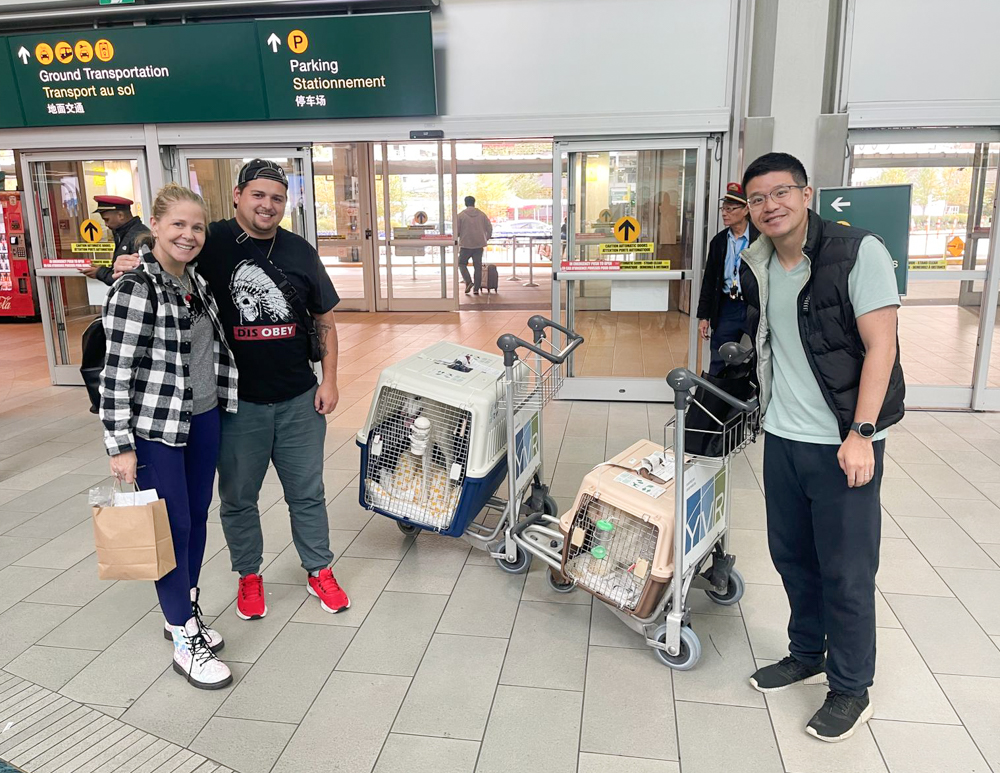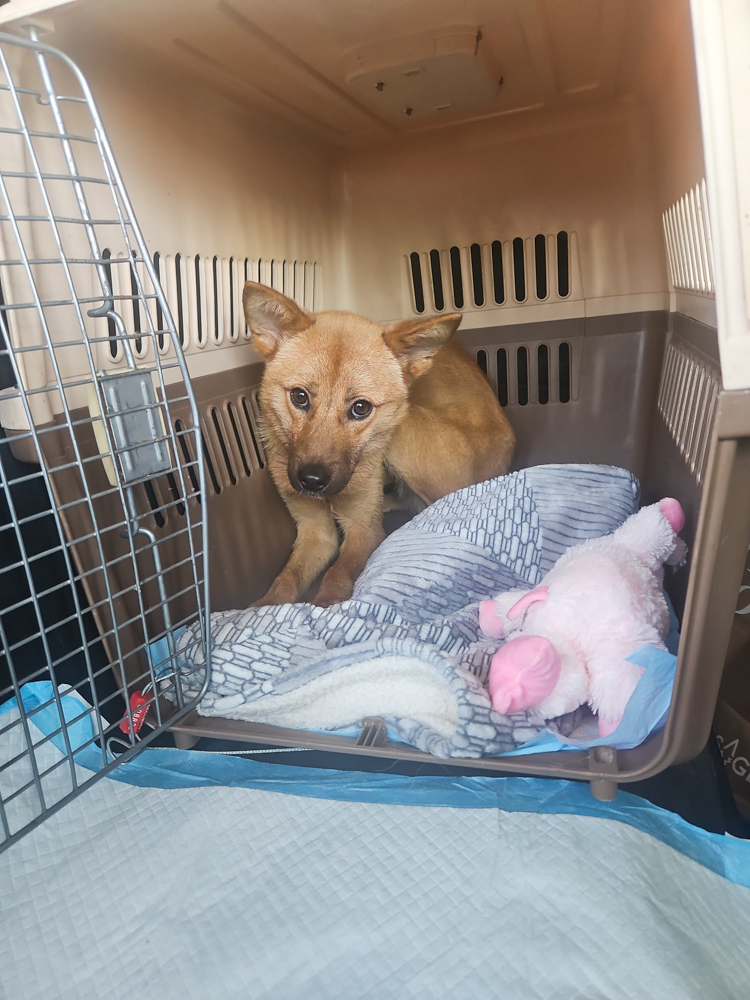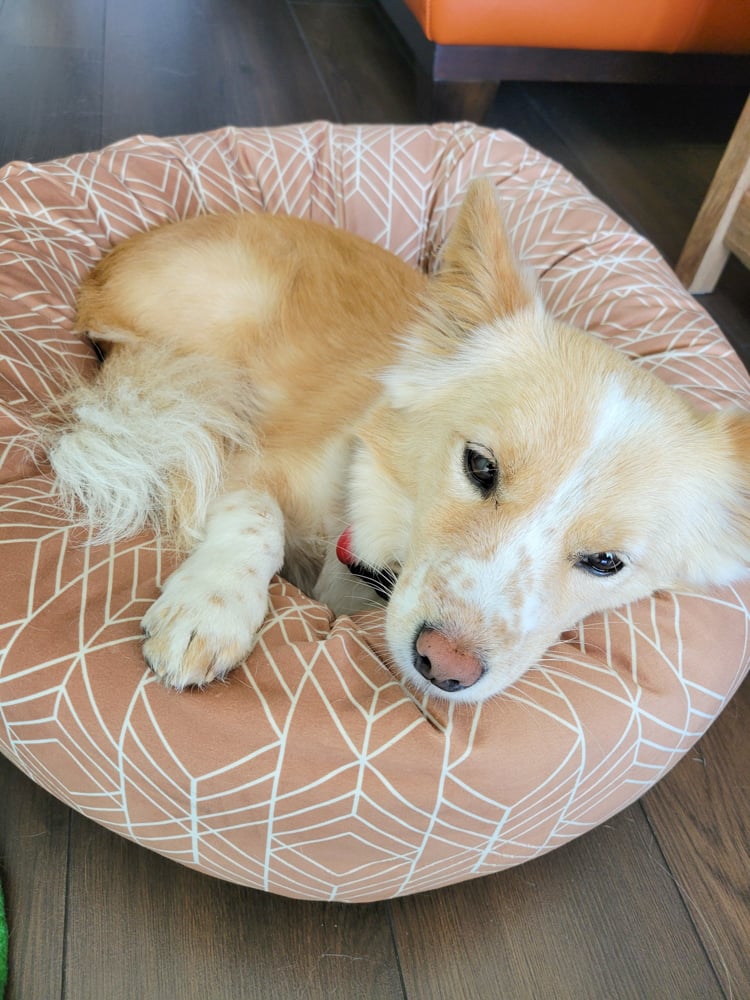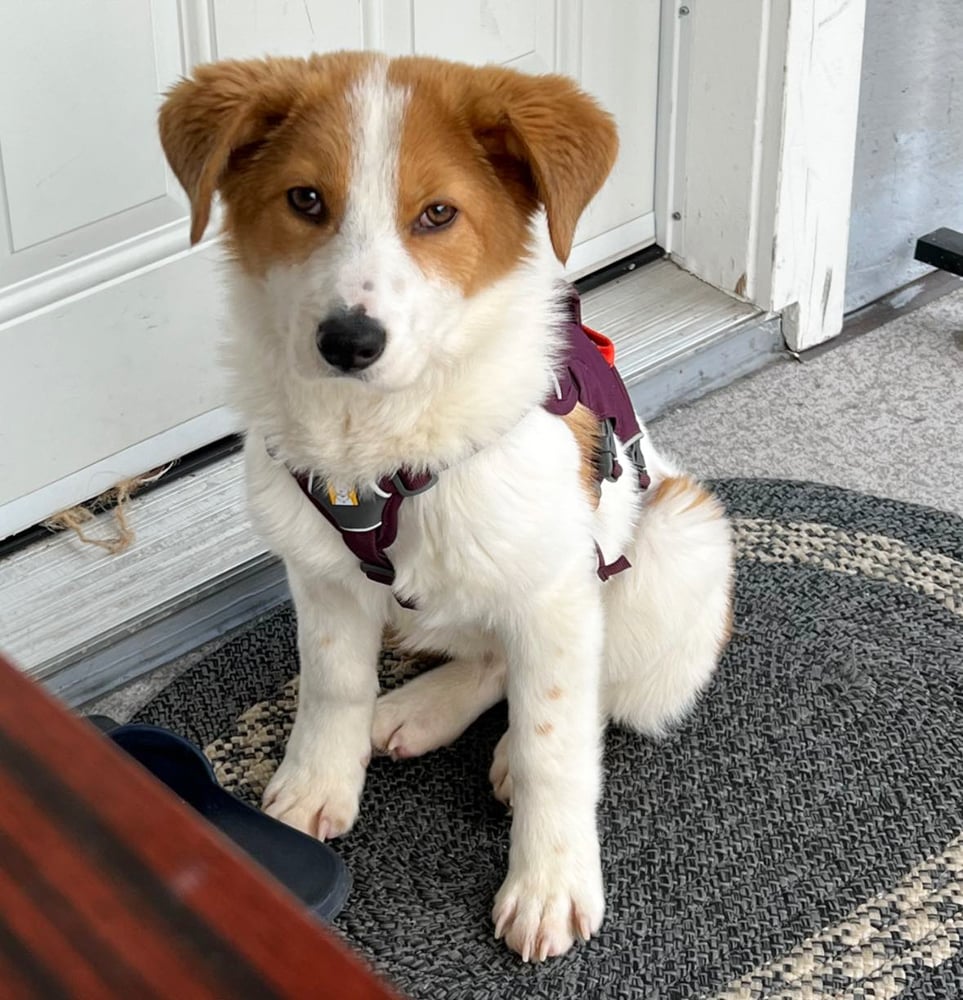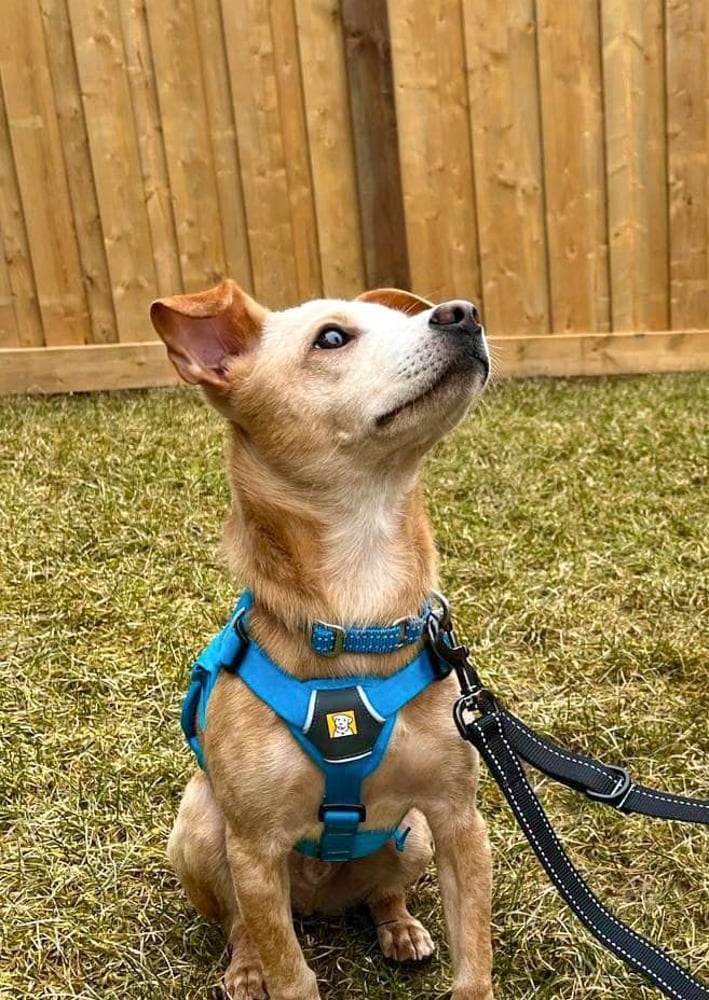At Free Korean Dogs (FKD), all adopters and fosters must agree to follow our Safety Equipment Protocol to keep their dogs safe.
Dogs arriving from Korea are often scared and disoriented after a long flight, making them a flight risk. With over a decade of experience, we’ve seen many dogs get lost soon after adoption. Following the Safety Equipment Protocol, especially during the first year, is essential while they adjust to their new environment. This protocol ensures a smooth and safe transition for both adopters and their dogs.
When to Buy the Equipment and Where?
If you become a FKD adopter, we will send you links to order the recommended safety equipment. Please don’t buy them now; we will provide specific instructions on what to buy and what size your dog will need.
One-Leash System
For dogs under 12 kg, you’ll use a single-leash system with a waist-worn leash.
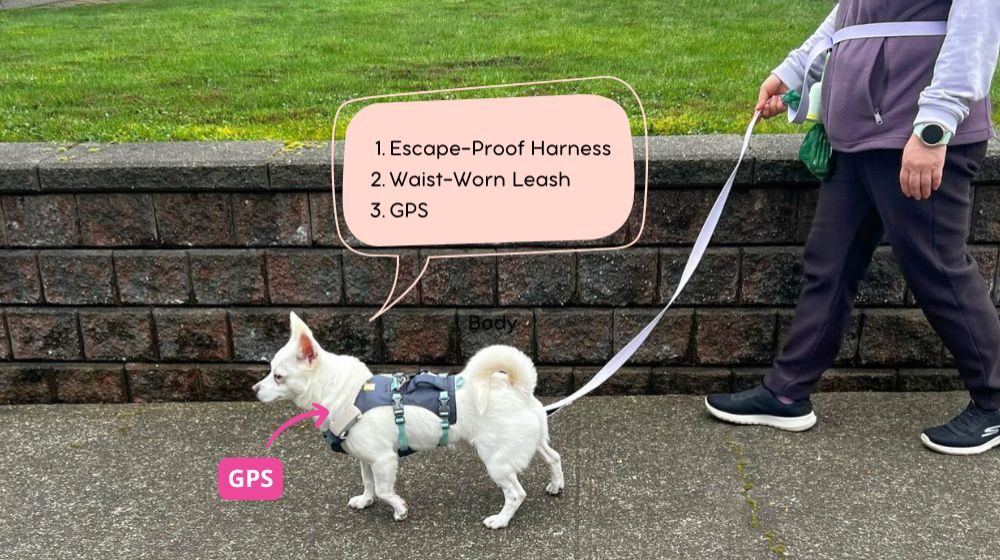
Two-Leash System
For dogs 12 kg or over, a two-leash system is required, which includes both a waist-worn leash and a regular leash.
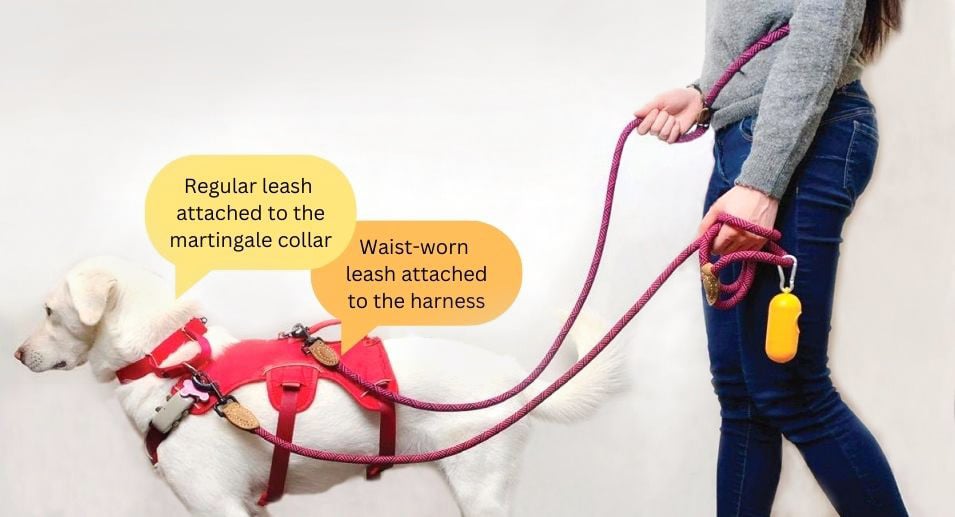
Safety Equipment Requirements
All Free Korean Dogs adopters (and fosters) are required to use the following safety equipment and follow the protocol for a minimum of one year.
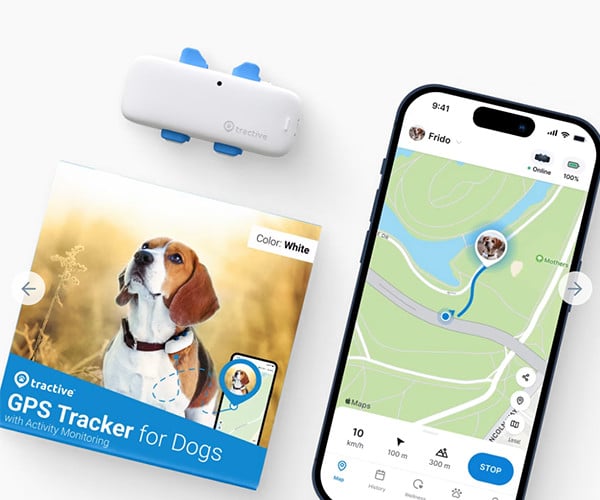
GPS Tracker with 1-Year Subscription
Allows you to track your dog in case they get lost. Please note that Apple Airtags are not accepted due to their lower reliability. Currently, we only accept Tractive GPS.
* Required for dogs 5 kg and over.
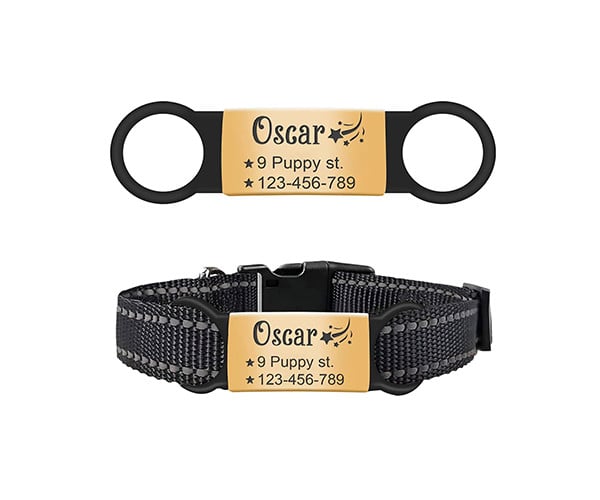
Name Tag
Consider a tag that doesn’t dangle, as some dogs find dangling tags annoying and may try to chew them.
* Required for all dog sizes.
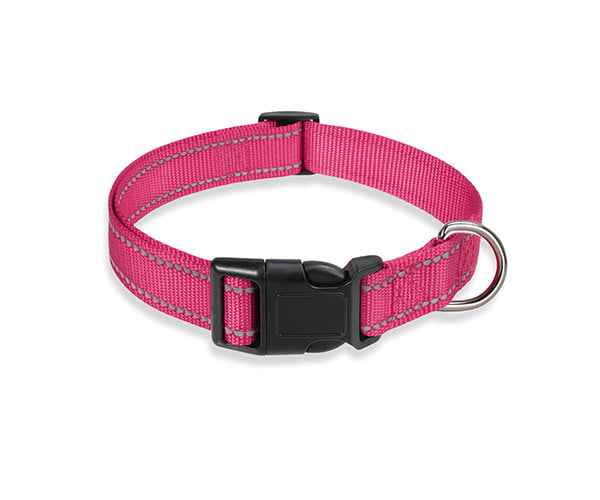
Regular Flat Collar
Should have an ID tag (consider a collar with an integrated tag).
* Required for all dog sizes.
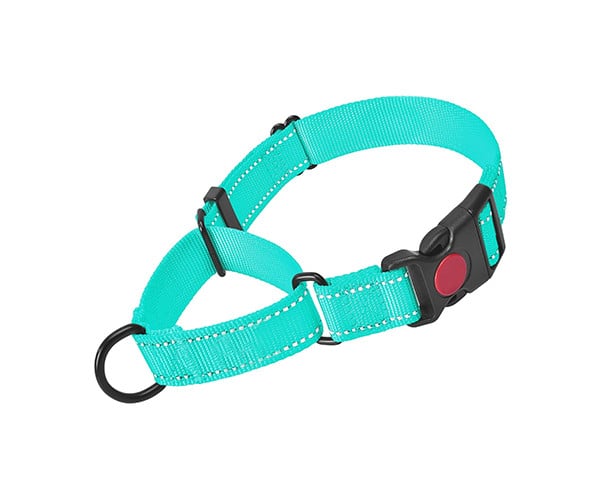
Martingale Collar
Helps prevent your dog from slipping or backing out of the collar. Should be used only during walks.
* Required for dogs 12 kg and over.
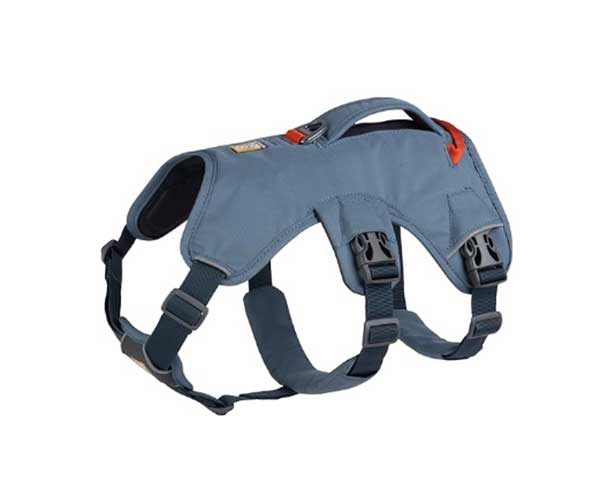
Escape-Proof Harness
The most secure option, making it difficult for the dog to slip or back out of the harness.
* Required for all dog sizes.
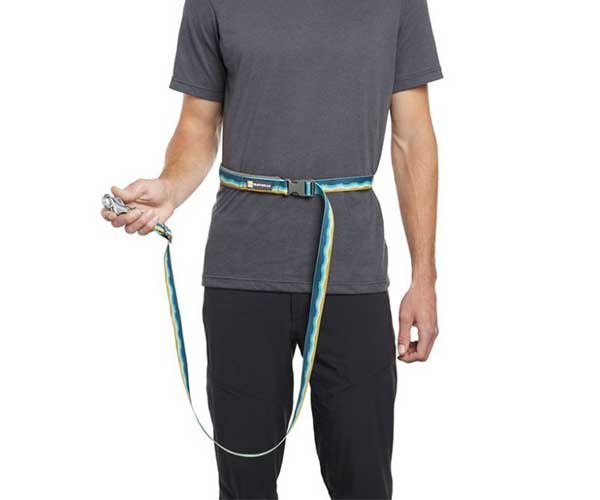
Waist-Worn Leash
Prevents accidental dropping of the leash, keeping your dog secure. It should be attached to the harness.
* Required for all dog sizes.
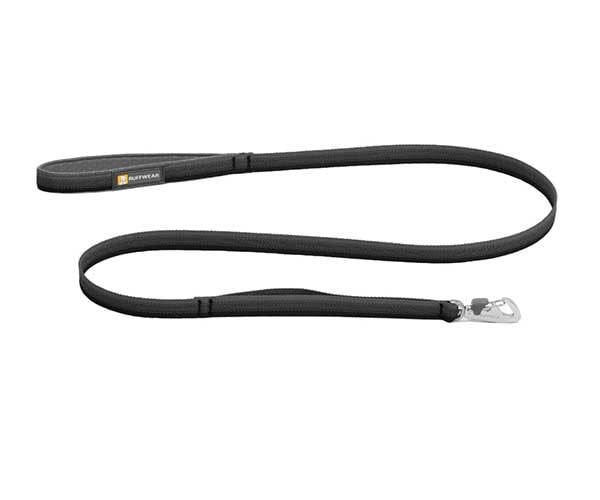
Regular Leash
Used as a second leash for extra security. It should be attached to a martingale collar.
* Required for dogs 12 kg and over.
Equipment to Avoid
Please do not use the following equipment for your rescue dog:
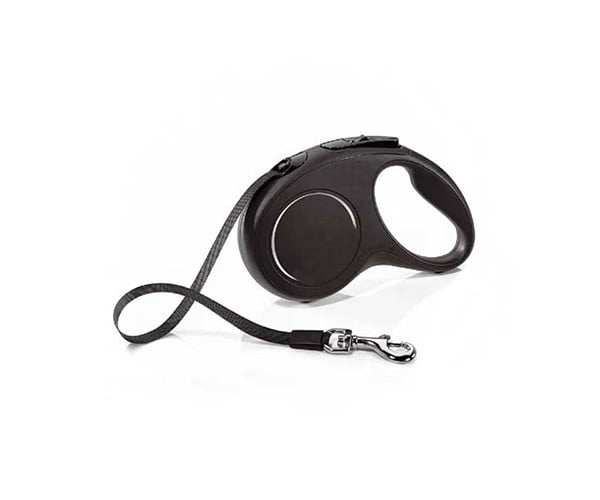
Retractable Leash
These provide less control, and the thin rope can snap, break, or even cause skin cuts.
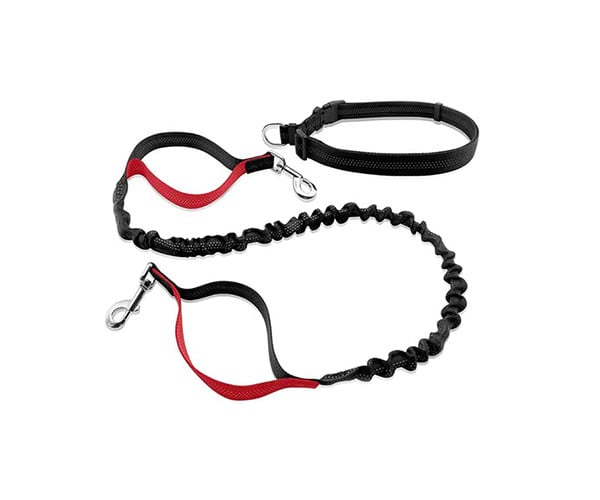
Bungee Leash
The elastic section is often sewn separately, making it prone to breaking apart.
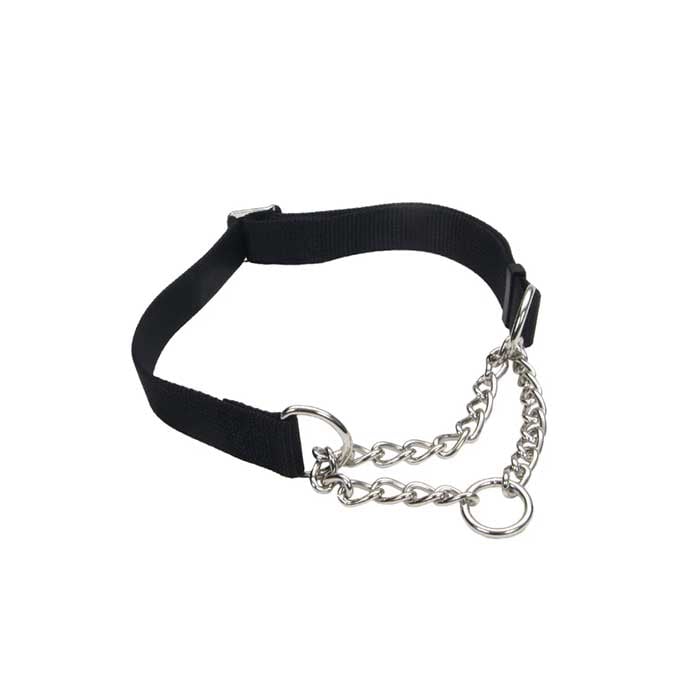
Martingale Collar with Metal Chain
These are heavy on the dog’s neck and can catch on their fur, causing pain and discomfort.
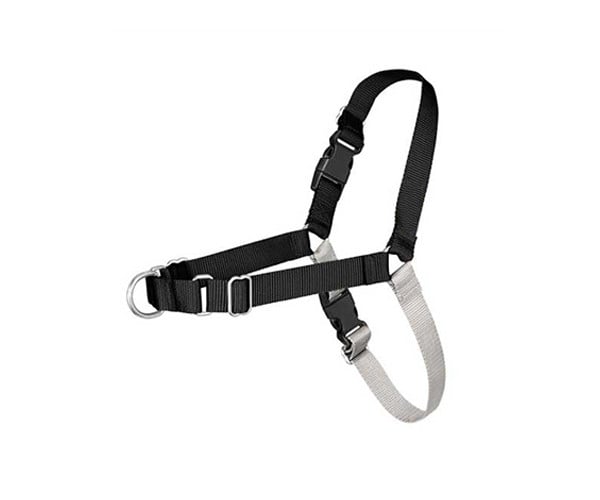
Easy Walk or Y-Shape Harness
These harnesses may work for an established dog, but they’re not suitable for newly adopted dogs. It takes at least a year to become comfortable. Until then, adopters should use an escape-proof harness.
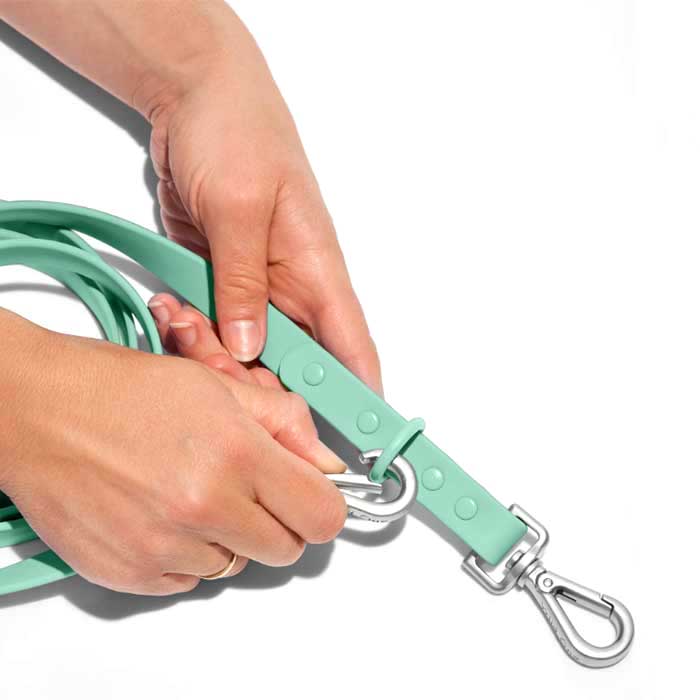
Quick-Release Clip
This type of clip is not secure, as the closing point can be easily and accidentally pushed, creating a gap.
Other Supportive Safety Items
FKD will ask adopters to purchase some of the following items to keep their dogs safe from escaping:
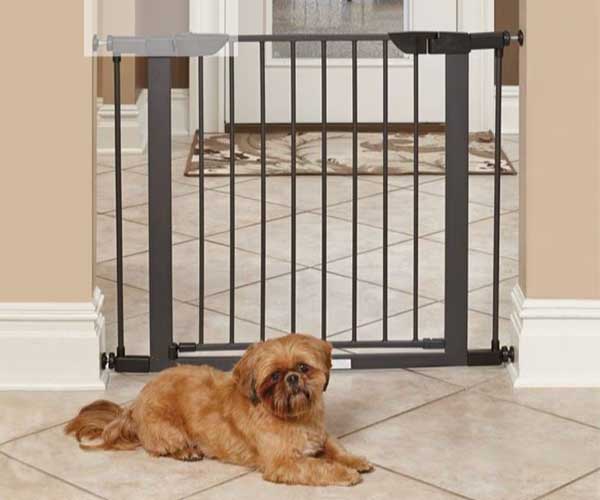
Babygate
If you don’t have a double-door entry and live at street level, you’re required to purchase a baby gate to prevent your dog from bolting outside. This is one of the most common incidents we see.
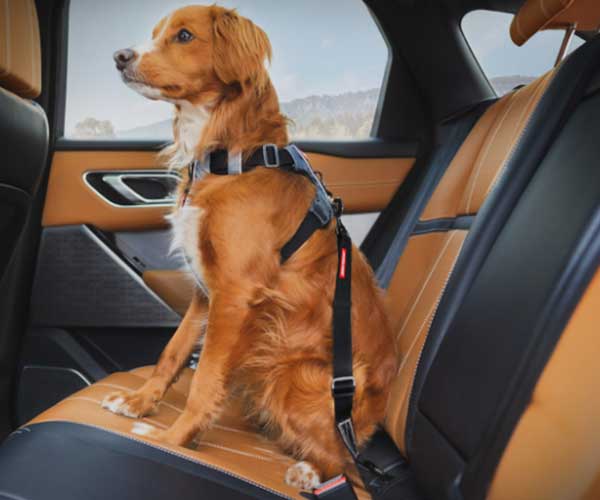
Seatbelt
If you plan to bring your dog in the car, please purchase a seatbelt to secure them. Always put a leash on your dog before releasing the seatbelt to prevent them from bolting.
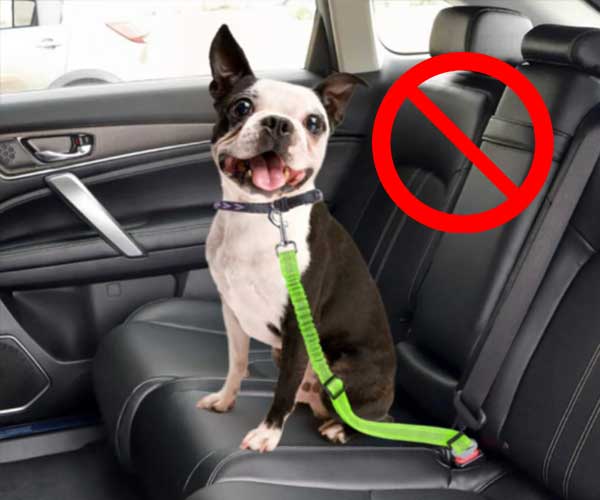
Seatbelt Protip:
DO NOT attach the seatbelt to your dog’s collar, as this can cause severe injury in the event of a sudden stop. Attach the seatbelt to their harness.
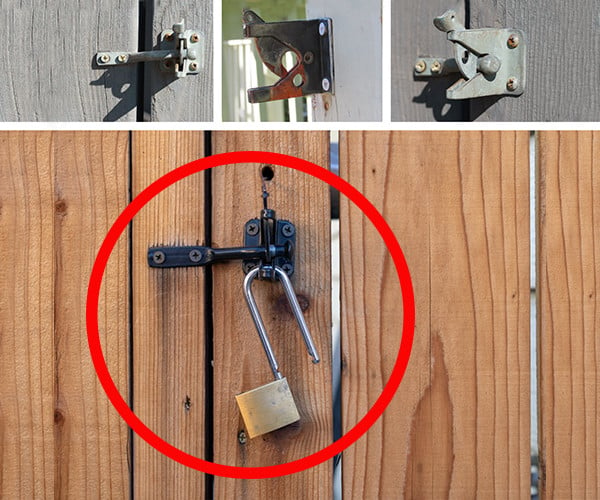
Gate Lock
If your backyard gate has a simple latch, install an extra lock. Latches can come loose, allowing dogs to push through, and doors may blow open in windy conditions.
Tips to Help Your Dog Settle In
During the First Two Weeks:
- At the Airport: When picking up your dog at the airport, please don’t open the crate door, even if they have pottied inside. It’s crucial to keep the crate closed until you’re safely home to ensure your dog’s safety.
- At Home: Do not take your dog to the backyard immediately. After a long flight, dogs often try to escape when let outside. Instead, bring your dog inside, place the crate in a secure and cozy spot, and open the crate door. Provide water (filtered), food, and pee pads.
- Feeding: Monitor your dog’s appetite; they may eat too quickly or not at all. Avoid overfeeding and giving too many snacks, as this can cause stomach upset or diarrhea. If your dog is too shy or scared to eat, try dropping some kibble on the floor near them.
- Potty Training: Provide indoor pee pads while your dog decompresses from the flight. Expect to see some potty mistakes on the floor, and be prepared for that. Do not raise your voice or scold your dog for mistakes; this sets a negative tone and can cause your dog to struggle more. Some dogs may be stressed and anxious, holding their potty for a couple of days. Do not force your dog outside, as this can make the situation worse. Let them be; they will eventually relieve themselves. Please monitor them and let us know how it goes.
- Walks: Give your dog a minimum of a few days to adjust before introducing a collar and leash. Generally, it takes a couple of weeks for most dogs to be ready to go out. Please don’t put on a collar until your dog is comfortable with your touch and allows petting.
- Use of Backyard: You can use a fenced backyard if available, but keep your dog on a leash, even in the fenced area, as new dogs often resist coming inside. Taking a dog to the backyard shouldn’t happen right away. It’s best to wait until the dog is comfortable and adopters can securely put on a collar and leash.
- Sleep Patterns: Expect your dog to experience jet lag, sleeping a lot during the day and being awake at night. The first 2-3 days, especially at night, can be challenging, as your dog may cry, bark, or pant. Generally, this improves after a couple of weeks.
During the First Month:
- Avoid Car Rides and Public Events: Do not take your dog on car rides, to stores, or crowded public places and events. This can be overwhelming and may lead to escape attempts or stress.
- Avoid Dog Parks: Keep your dog away from public dog parks for at least 2-3 months to prevent potential injuries and conflicts with other dogs. This is one of the common mistakes that adopters make. Your dog needs time to decompress in the new environment, and most new dogs get overwhelmed and very nervous in a new dog park. Additionally, many dog parks may have broken fences and are not always safe.
- Vet Appointment: After one month, if your dog is adjusting well, schedule a vet checkup and purchase monthly flea, tick, and mosquito prevention from your vet. Your dog needs this prevention from March to November.
General Tips:
- Avoid Close Contact: Don’t put your face close to your dog for smooches or attention. Overstimulation can lead to biting.
- Patience and Space: The first three months are crucial for adjustment. Be patient and respect your dog’s pace – follow their pace, not your own.
- Boarding: If you need to leave your dog due to an emergency, avoid leaving them at a friend’s or family member’s home, as this can often lead to problems and increase the risk of losing your dog. When a new dog is rehomed during their first year of adjustment, they can become nervous, and their instinct to escape and return home is very strong. If you need to be away for several days during this first year, consider using a professional dog boarding facility to ensure your dog’s safety rather than relying on friends or family members.
- Ongoing Safety Protocol: Even after three months, continue following the safety protocol. Many accidents occur between 3 ~ 8 months of adoption when adopters may relax their safety measures. Maintaining safety equipment like GPS, escape-proof harnesses, and hands-free leashes is essential. If your dog bolts, retrieving them can be extremely difficult or impossible. Adhering to the safety protocol for at least one year is crucial and it is a must.
It will take at least 6 months and up to a year for your dog to start feeling comfortable in their new home environment. During this time, please adhere to the safety protocol to protect your dog.
All adopters must follow the Safety Equipment Protocol for a minimum of one year.
Remember, our goal is your dog’s safety and well-being. Following these guidelines ensures a smooth transition and helps your new furry baby live a long, happy life with you.
